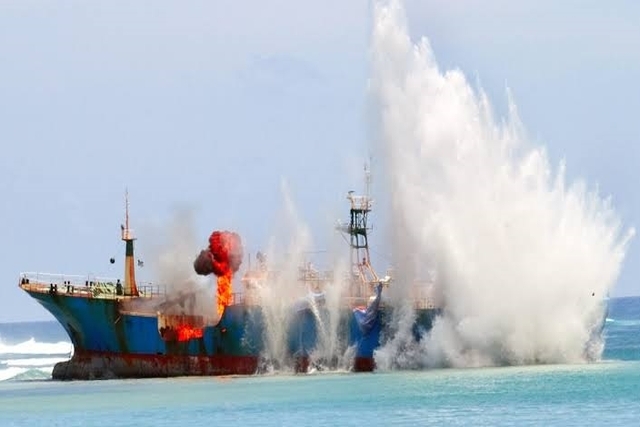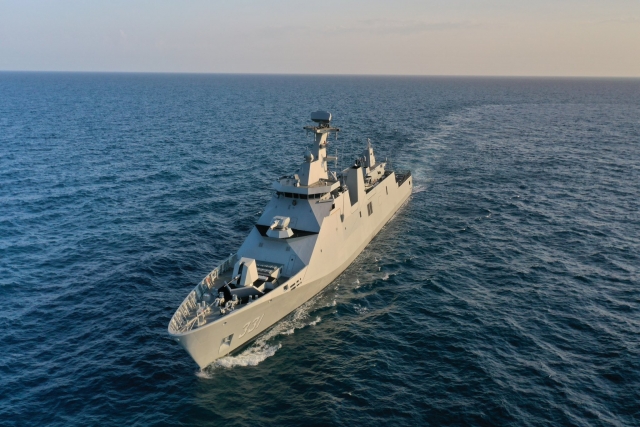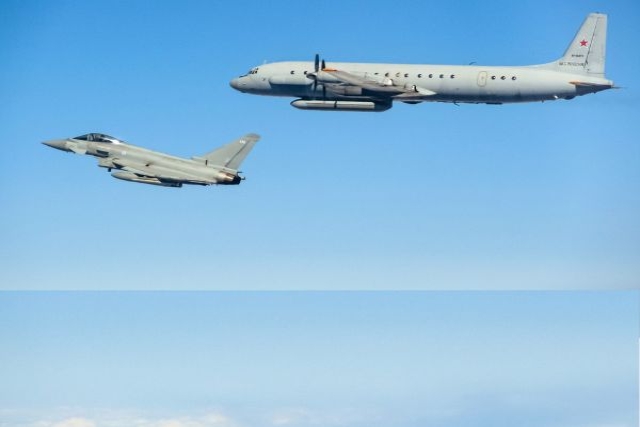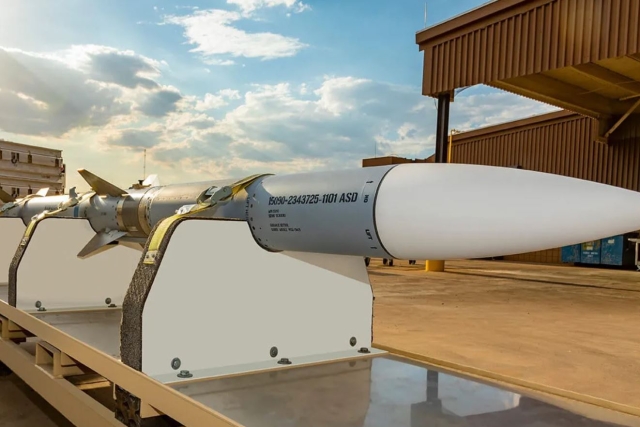Indonesia Deploys F-16s, Warships to Ward Off Chinese EEZ "Intrusion"
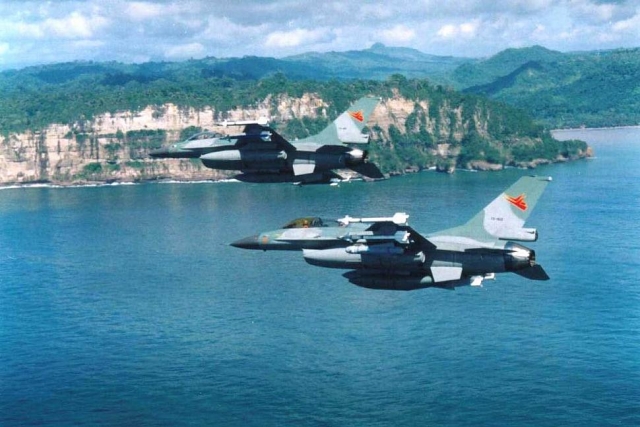
Indonesia has taken a stance to secure its Exclusive Economic Zone (EEZ) from Chinese intrusion by deploying four F-16 fighters and six warships to the South China Sea.
“Our Navy and Air Force have been deployed to the North Natuna Sea. This includes six warships and fighter jets, intended to drive out the foreign vessels,” military spokesman Major General Sisriadi was quoted as saying by news.com.au on Thursday.
China sent coast guard vessels to escort numerous fishing boats near the Natuna waters in December, claiming to have traditional fishing rights. The Natuna archipelago occupies a particularly strategic spot in the South China Sea. Its waters contain significant oil and gas reserves.
Following China’s alleged encroachment in Jakarta’s territorial waters, the latter announced its decision to acquire additional patrol vessels and 140 meter-long frigates last week.
Chinese coast guard vessels have been accused of repeatedly violating Indonesia’s EEZ rights over the past three years. In March 2016, Indonesian Foreign Minister Retno L.P. Marsudi had lodged a protest with the Chinese Charge d'affaires in Jakarta Sun Weide over Chinese coast guard violations in the Indonesian waters. “As part of sound state relations, each country must respect the principles of international law, including the UN Convention on the Law of the Sea (UNCLOS) in 1982,” Marsudi stressed.
Meanwhile, China claims that it has “sovereign rights and jurisdiction over, and near relevant waters of Nansha Islands,” adding that “Chinese fishing activity and coastguard vessels' presence in South China Sea is legal and legitimate.”
“China has no objection to Indonesia's sovereignty over the Natuna Islands. However, Indonesia-claimed EEZ from the Natunas overlaps with the waters of the Nansha Islands,” Chinese Foreign Ministry spokesman Hong Lei said in 2015.
The UNCLOS rule book defines the rights and responsibilities of nations with respect to their use of the world's oceans, establishing guidelines for businesses, the environment, and the management of marine natural resources. A country’s EEZ (where it can claim fishing, mining and drilling rights) can stretch upto 200 miles out to the sea. In cases where maritime distance between two countries is less than 424 miles, the parties involved must determine an agreed dividing line between their EEZs.

